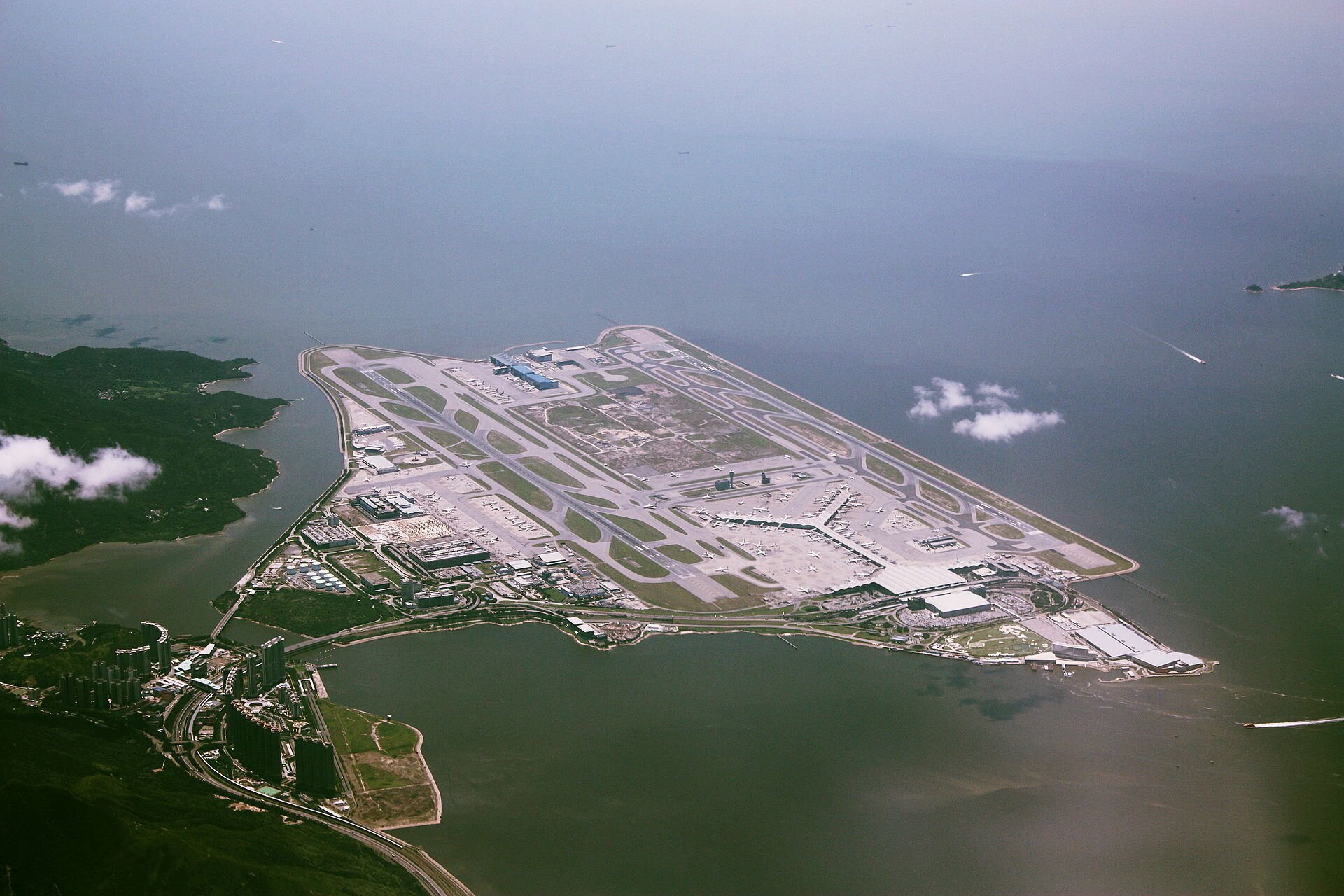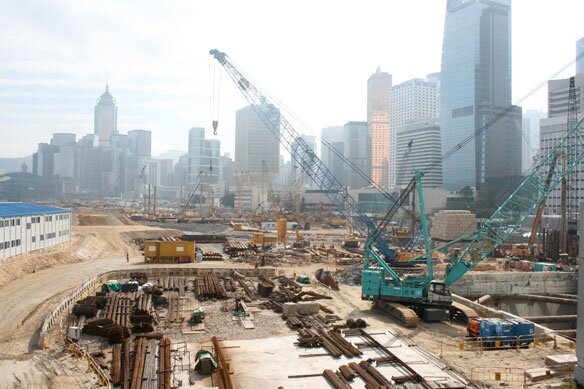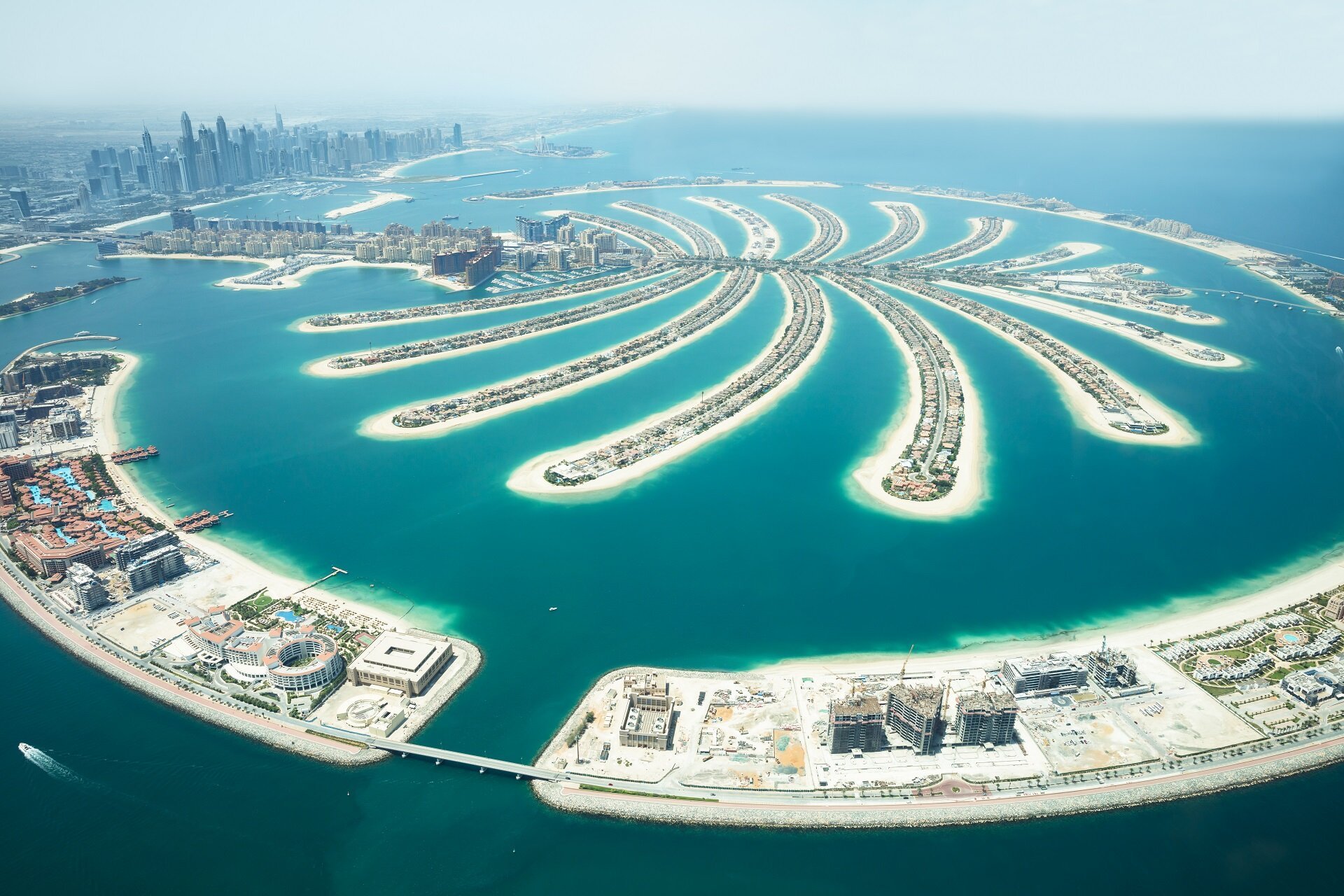填海造就香港,抑或破壞香港?|Is Reclamation the good, the bad, or the ugly for Hong Kong?




對於填海造地,香港人一點都不陌生,自英軍登陸後,香港就開始了填海作為最主要的城巿擴展模式,至今有近180年歷史。由於香港地勢本來就山多平地少,填海在香港發展初期,的確造就了可讓社會經濟迅速發展的土壤。不過,隨著科技發達、教育水平提高,填海成為了社會爭議,不少人開始疑惑,填海是否城巿發展的唯一途徑,有些吉人甚至開始思考,海洋作為一種城巿資源,除了填海以外,還有什麼其他更好的善用方法。
總面積逾7000公頃
截至2019年,香港填海得來的土地,總面積超過7000公頃,佔香港整體土地面積6%。鄰近的澳門,填海面積約為2000公頃,佔總土地65%;深圳則為約1萬公頃,佔總土地5%;日本大阪灣至2017年,填海約1萬公頃,佔總土地約1%。
180年歷史
自1842年、英國人佔領後,香港就開始填海造地。歷史上首個大規模填海工程,則在1850年代的上環文咸東街海旁一帶,當時由於上環下巿場(位置是如今的蘇杭街一帶)發生大火,一夜間化為灰燼,政府順勢以災場的瓦礫和山邊石材填海,由蘇杭街、威靈頓街交界一直填至摩利臣街,闢出文咸海旁。自此之後,填海工程愈做愈大,直至1990年代的新機場及十大基建計劃。
填海造就新巿鎮
香港現有逾三成人口、約280萬人,居住在1970至1990年代填海建成的新巿鎮,包括荃灣、沙田、屯門、大埔、將軍澳和東涌。
破壞環境
填海會破壞海洋環境,除了直接破壞海洋生物的棲息地,還會影響水流與水質,例如人工島缺乏天然島嶼的樹木和泥土,無法把島上人為的污染物淨化便直接排放到大海,影響水質、威脅海洋生物。環評報告指出,港珠澳大橋施工期最高峰有10多隻工程船,而三跑施工期最高峰將有150艘工程船,可以想像填海工程對海洋的干擾。
全球砂荒
不止填海區域的環境受影響,填海的原材料,例如砂礫,生產過程也影響產地環境。香港基建工程用到的河砂及海砂,依賴其他地區進口,當中2014年從內地進口的天然砂高達2855萬公噸。不過,東南亞區內因為採砂對環境造成破壞,海砂供應愈來愈少,越南、柬甫寨、馬來西亞、菲律賓、中國內地等,都陸續停止出口海砂,其中柬埔寨官員解釋指由於在河床挖掘沙石時對環境造成長久破壞,所以決定全面永久停止出口砂石。直至去年機場三跑的填海工程,內地才恢復供應海砂到香港,以致填海工程成本颷升。
相片來源:網上圖片
地點 : 香港
Is Reclamation good or bad and ugly for Hong Kong?
People in Hong Kong are no strangers to the term ‘reclamation’. Ever since the first British troop set foot on the land of the ‘fragrant harbour’ almost 180 years ago, land-filling has been the primary means of cultivating new land for urban development. In the early days, reclamation indeed created a new ground for the economy of this hilly city to thrive on. But as technology and general education levels accelerate, this historical approach has become more of a controversy. Is reclamation the only way for urban development, while our ocean may be used in other ways as a valuable resource of the city?
Over 7,000 Hectares of New Land
As of 2019, reclamation has given Hong Kong over 7,000 hectares of new lands, which occupies 6% of Hong Kong. An ocean apart, Macau has gained 65% of its land, i.e. 2,000 hectares, by reclamation; while Shenzhen obtained about 10,000 hectares, which occupies 5% of its land; and the 1,000-hectare reclamation site represents about 1% of the total size of Osaka Bay in Japan.
180 Years of Making
The gigantic plan of reclamation began when the Brits occupied Hong Kong in 1842. The first large-scale project in history took place along the praya of Bonham Strand after a severe fire trampled the area now known as Jervois Street in Sheung Wan. The colonial government filled the site from the intersection between Jervois Street and Wellington Street to Morrison Street with fire debris and hillside stones, creating a new praya area near Bonham Strand. This project marked the beginning of ever-expanding reclamation schemes, including the new airport and the 10 Major Infrastructure Projects in the 1990s.
New Towns Born
To this date, about 2.8 million people in Hong Kong, over 30% of the population, are residents of new towns built by reclamation projects between the 1970s and 1990s, including Tsuen Wan, Sha Tin, Tuen Mun, Tai Po, Tseung Kwan O and Tung Chung.
Environmental Exploitation
Reclamation is one of the major culprits of marine pollution. Not only does it destroy marine habitats, but it also damages ocean currents and water quality. For example, artificial islands lack natural trees and soil to filter man-made pollutants before they are released into the sea, the surrounding water quality and marine lives will inevitably pay the price. According to environmental impact assessment reports, over 10 construction vessels were stationed at peak times during the construction of Hong Kong-Zhuhai-Macao Bridge, 150 for the Three-Runway System. Such digits reveal the brutal disturbance reclamation causes to the ocean.
Global Sand Shortage
What’s more, the primary construction material – sand – causes damaging effects on its place of origin. Hong Kong heavily relies on imports of river and marine sands as infrastructure building materials. In 2014, we imported up to 2.855 million tonnes of natural sands from Mainland China. The adverse environmental impacts of sand mining have caused the shrinkage of marine sand supplies from Southeast Asia. One after another, Vietnam, Cambodia, Malaysia, the Philippines and Mainland China halted marine sand exports. Cambodian officials stated the country’s decision to ban marine sand exports permanently was because of the long-term environmental damages caused as sand and gravels were excavated from riverbeds. Mainland China did not resume its marine sand supply to Hong Kong until the reclamation project of the third airport runway last year, hence the soaring construction cost.
Photo source: Internet
Location: Hong Kong
你可能對以下吉人吉事有興趣:
You may also be interested in these GUTS Stories:
















